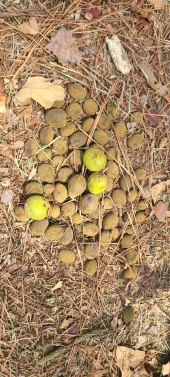




Zone 9a. That's right, shorts all winter. 




Subtropical desert (Köppen: BWh)
Elevation: 1090 ft Annual rainfall: 7"








Zone 9a. That's right, shorts all winter. 








Patrick Mann wrote:Watch out though, these are invasive in some parts of the country. Hard to get rid of once established.
Zone 9a. That's right, shorts all winter. 










Leila Rich wrote:If it's Equisetum arvense, it's used in biodynamics.
Perennial Roots Farm http://www.facebook.com/perennialroots/








"...he is the greatest patriot who stops the most gullies." - Patrick Henry
 1
1








Philip Sexton wrote:
Patrick Mann wrote:Watch out though, these are invasive in some parts of the country. Hard to get rid of once established.
Thanks, Patrick. Kinda of counting on it. I love the word "invasive." Doesn't look like the rabbits will/should eat them, will see what the hens think about them. There are two places around the house that are perfect for these. Even if all I get is biomass, thats cool. I just like looking at them.
Doc's Herb Blog: http://homegrownherbalist.typepad.com/my-blog/welcome-to-homegrown-herbalist.html
Doc's Book: The HomeGrown Herbalist. http://homegrownherbalist.net/collections/books/products/the-homegrown-herbalist-by-patrick-jones-dvm
Doc's Herb School: The HomeGrown Herbalist School of Botanical Medicine. http://homegrownherbalist.net/pages/our-online-herb-school
 2
2




 1
1




 1
1





| I agree. Here's the link: http://stoves2.com |


